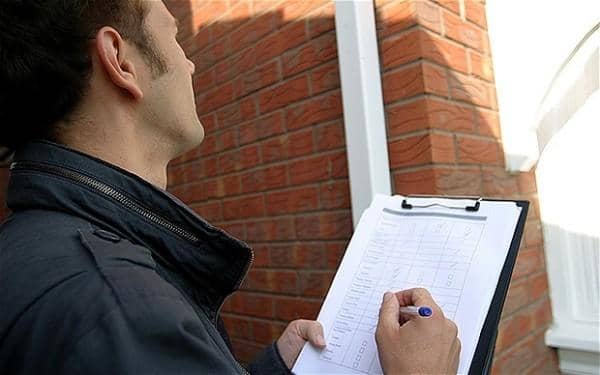
When undertaking surveys on residential and commercial properties, our clients often have concerns regarding subsidence. This blog aims to address the common questions relating to subsidence, including: what is it? What are the signs to look out for? And what can be done about it? Our Surveyors take a closer look.
Subsidence is the movement of the ground which supports a building; the shifting or ‘sinking’ of the property’s foundations. This compromises the structural integrity of your home, leading to structural damage.
Subsidence can be brought on by a number of factors – including exceptionally dry or wet spells of weather, defective drains, or the presence of tree roots near to a property / growth of tree roots into the foundations of a property.
What are the signs of subsidence?
Cracks are the most obvious and well-known sign of subsidence. To the trained eye, subsidence cracks have distinct characteristics, such as being thicker/wider than normal, and being wider at the top than the bottom. Cracks caused by subsidence are also usually visible both internally and externally. The location of the cracks could also be a clue; subsidence cracks are more likely to appear around doors and windows. Other signs include doors and windows sticking, along with crinkling wallpaper at the point of wall and ceiling joins.
Can subsidence be resolved?
The sooner a subsidence issue is identified and steps taken to treat it, the more likely the chance it can be resolved. If subsidence is left untreated, further movement of the building’s foundations could occur, which can lead to serious damage.
What if a property I want to buy has subsidence?
While most minor surface cracks are usually nothing to worry about and are superficial in nature, wider cracks (more than 15mm or that have appeared suddenly) could be an indication of something more serious.
If you notice cracks in a property you are interested in buying, it would be wise to instruct a survey report, such as a Building Survey report, by a Chartered Surveyor.
If you have already had a survey undertaken and it has uncovered potential subsidence, a specialist defect report may be suggested. It may be necessary to have a structural engineer assess the problem to investigate the extent of the problem, the best route to addressing repairs and what likely costs may be. Depending on the outcome of this, you may wish to reconsider going ahead with the purchase. Not only are there likely to be significant costs to treat subsidence, the disruption and mess that will come with the works are also likely to be extensive.
It should be noted that if subsidence is identified in a mortgage valuation, it may cause issues in securing the mortgage. It may therefore be the case that you are not able to proceed with the purchase in any event.
Subsidence is one of the most serious issues that can be found at a property and seeking professional advice really is essential.
To instruct a member of our team to undertake a RICS Home Survey Report or Building Survey Report, or for further advice on a subsidence matter, please get in touch.




